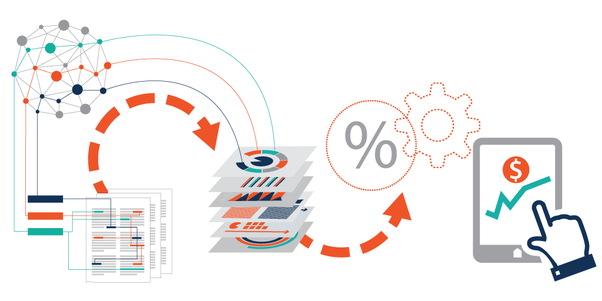
BPO and Data Analytics”: Discover how BPO companies are leveraging data analytics to gain insights into business processes and improve overall efficiency.
Business process outsourcing (BPO) companies are increasingly using data analytics to gain insights into their business processes and improve overall efficiency. Data analytics can be used to track performance metrics, identify areas for improvement, and make better decisions.
Here are some of the ways that BPO companies are using data analytics:
- To track performance metrics: Data analytics can be used to track a wide range of performance metrics, such as call center wait times, customer satisfaction scores, and employee productivity. This data can be used to identify areas where performance is lagging and make adjustments to improve performance.
- To identify areas for improvement: Data analytics can be used to identify areas where processes can be improved. For example, data analytics can be used to identify bottlenecks in a process, or to identify areas where there is room for cost savings.
- To make better decisions: Data analytics can be used to make better decisions about how to allocate resources, how to improve customer service, and how to reduce costs. For example, data analytics can be used to predict which customers are likely to churn, or to identify which products or services are most profitable.
The use of data analytics in BPO is still in its early stages, but it is rapidly growing. As BPO companies continue to adopt data analytics, they will be able to gain a competitive advantage by improving their efficiency and making better decisions.
Here are some specific examples of how BPO companies are using data analytics:
- A call center company is using data analytics to track call center wait times. They found that the average wait time was 10 minutes, and that 20% of calls were abandoned after 5 minutes. They used this data to make changes to their call center staffing and training, which reduced the average wait time to 5 minutes and the abandonment rate to 5%.
- A financial services company is using data analytics to identify customers who are likely to churn. They found that customers who have not used their account in the past 6 months are more likely to churn. They used this data to target these customers with retention offers, which reduced the churn rate by 10%.
- A manufacturing company is using data analytics to optimize its supply chain. They found that they could reduce inventory costs by 15% by using data analytics to predict demand more accurately.
These are just a few examples of how BPO companies are using data analytics to improve their business. As data analytics becomes more sophisticated, BPO companies will be able to use it to gain even greater insights into their business processes and make even better decisions.
